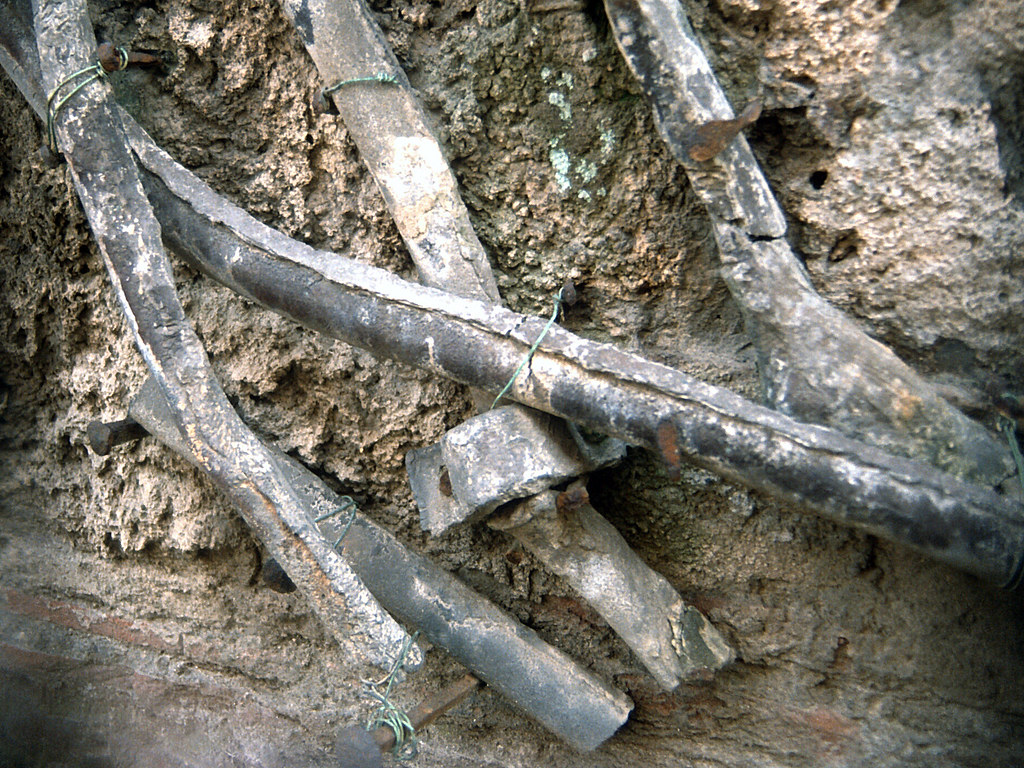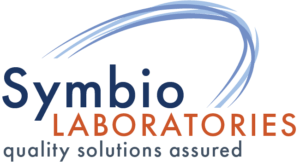LCRR- Lead and Copper Rule Revision
In 1991, the United States Environmental Protection Agency (EPA) published a regulation to control lead and copper in drinking water. This regulation is known as the Lead and Copper Rule (also referred to as the LCR). The LCR protects public health by reducing lead and copper levels in drinking water. The LCR sets regulatory standards and requirements for water utility systems to control and monitor the levels of lead and copper in drinking water supplies. Since 1991 the LCR has undergone various revisions.
Revisions aim to strengthen the existing rule and address gaps and challenges identified over the years. The latest revisions deal with testing and action levels proposed in November 2019 and finalized on January 15, 2021. The August 4 2022 revisions were limited to developing and maintaining service line inventory and not action levels or compliance testing.
Key elements of recently proposed revisions include:
1. Lead Service Line Replacement: The revisions propose a more proactive approach to lead service line replacement. Water systems will be required to replace lead service lines when a customer chooses to replace their portion of the line, and when the line is found to be the primary source of elevated lead levels.
2. Trigger Levels and Action Levels: The revisions establish new trigger levels and action levels for lead and copper. The trigger level for lead is lowered to 10 parts per billion (ppb), and the action level remains at 15 ppb. For copper, the trigger level is lowered to 1.3 parts per million (ppm), and the action level remains at 1.3 ppm.
3. Sampling Requirements: The proposed revisions include changes to sampling requirements, such as increasing the frequency of tap sampling and expanding the number of high-risk sites that need to be tested. These sampling changes will provide a more accurate representation of lead and copper levels in drinking water.
4. Reporting and Transparency: The revisions require water systems to improve transparency and public access to information. This includes notifying customers within 24 hours of sampling results that exceed the action level and providing public education materials on lead in drinking water.
It’s important to note that the proposed revisions are subject to a rulemaking process that involves public comments, potential revisions based on feedback, and finalization by the EPA. The final revised Lead and Copper Rule will be published once the process is complete.
Under the proposed revisions to the Lead and Copper Rule (LCR), the requirements for testing lead and copper in drinking water would apply to two types of Public Water Systems:
1) Community Water Systems (CWSs – serve at least 15 water connections used by year-round residents)
2) Non-transient Non-community Water Systems (NTNCWS – regularly serve at least 25 of the same persons over 6 months per year – i.e. schools and office buildings. Transient non-community water systems (restaurants, parks) are not affected by this rule.
The proposed revisions to the Lead and Copper Rule would establish requirements for the affected water systems to conduct lead and copper testing, monitor compliance, and take appropriate actions to address elevated levels of lead and copper in their drinking water.
It’s important to note that the specific requirements and thresholds may vary based on the size, type, and characteristics of the water system. The EPA sets different compliance and testing requirements for different system sizes to ensure appropriate monitoring and mitigation strategies are in place.






